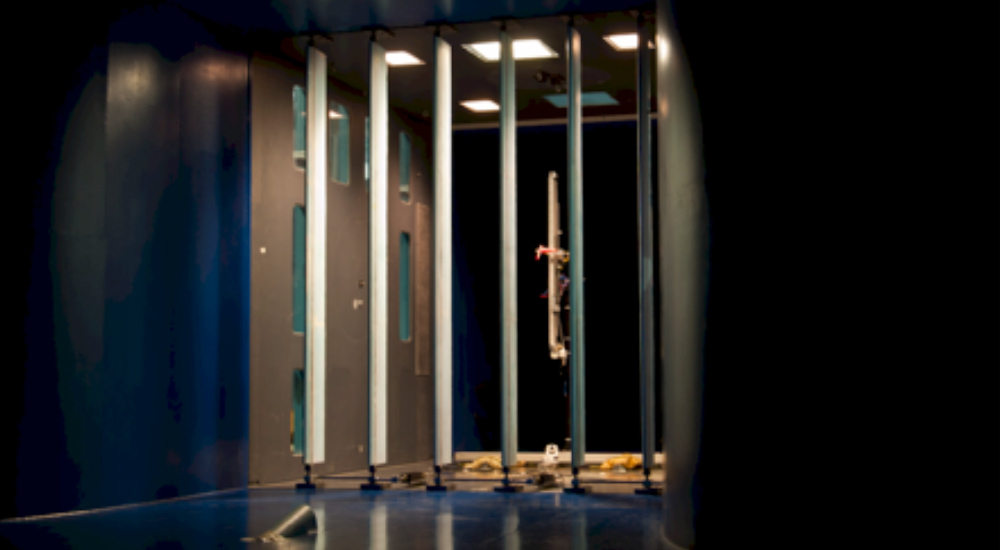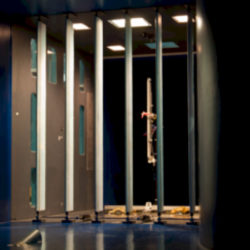Aircraft aeroelasticity
Aeroelasticity is the discipline that investigates the interaction among elastic, inertial and aerodynamic forces. It is of vital interest for all the industrial manufactures subject to the effect of these forces, such as buildings, bridges and first of all airplanes and helicopters. The interaction between these forces not only could impact in a significant way the vehicle performances but could also generate stability problems such as high amplitudes vibrations and flutter able to generate damages or in some cases the total loss of the involved structures.
In the case of airplanes and helicopters aeroelasticity recently became one of the key design driver due to the increased flexibility of modern structures, such as one based on advanced composites in the case of modern aircraft, or due to the interaction of structural behavior with rotating components, like in the case of helicopters.
The situation today is becoming if possible more complex due to the extensive use of active control systems that could increase the risk of possible unstable interactions between the structure itself and the active controls: the term aeroservoelasticity is used to identify this new and challenging discipline.
Due to the difficulty of experimental verification of the aeroelastic characteristics of full scale aircraft or helicopters, often limited to the test verifications requested by the certification process, the wind tunnel test on reduced scale models represents today one of the most interesting design approach to afford the aeroservoelasticity challenges. These models are totally different from the classical aerodynamic ones, since they have to be able to reproduce at the same time the aerodynamic behavior (most of the time the unsteady forces only) as well the structural and inertial ones. For this reason, the models are typically very flexible, with unconventional structural configuration so to be easily manufactured, and integrate active control devices.
POLIMI has a great experience in the design, manufacturing and wind tunnel testing of aeroelastic models and the GVPM offers great opportunity from this point of view. The large testing room offer the possibility to test large scale models, often necessary to have enough space to include the active control systems embedded into the model. A new gust load generator recently installed allows to performed test to validate gust load alleviation systems that are of great importance for modern aircraft.


